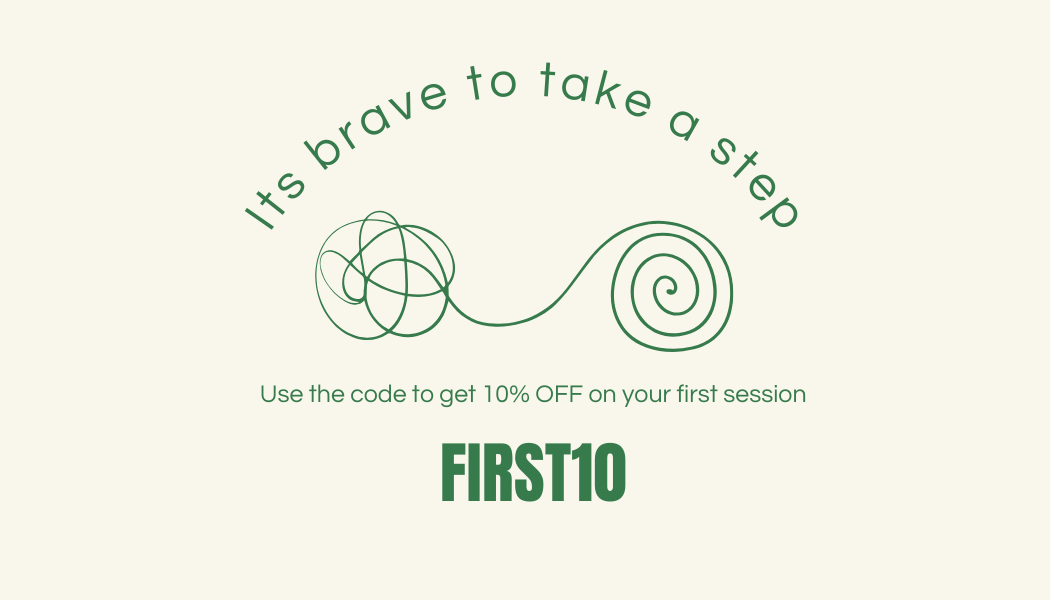How to set personal boundaries?
Reading time: 2 minutes
By Pratyancha Padake
You are at college/ workplace and a friend of yours approaches you. Your friend asks you to accompany them to a movie, on a day for which you already have different engagements. You feel the inner urge to say “no, thanks for the offer but I have other plans”, but a feeling of guilt starts to hover over your mind and you say “yes, sure”. After the friend leaves, you start regretting your response and play over the scene a hundred times, in which you simply could have said “no”. Even though the event might differ, there are times when we let others cross our “personal boundaries”. Personal boundaries are boundaries/rules that we set for ourselves in different relationships. They play an important role in our life in terms of the relationships we build around us and with ourselves. Unfortunately, it isn’t what we are taught since our childhood. To say yes to things we don’t want to do “ Beta, don’t say no to that, they are older to you”. At times our say wasn’t even counted just because we were younger. Eventually, we started getting used to saying Yes to things we didn’t wish to do. Fast forwarding to the time we read an article on ‘how to maintain personal boundaries’ and we realized we had it wrong all this long and things could have been different. That article takes you back to flashbacks of you offering to do someone’s assignment even when you had your own to complete, to accompany someone to an event even when you had your own plans, to letting your parents decide your career path, and many such incidents. It becomes tricky to form boundaries once you don’t know to set them or they have already been broken multiple times.
Here are some reasons why setting boundaries is helpful,
i) It helps us to understand who we are i.e our identity
ii) It builds a sense of esteem and confidence
iii) We gain control over our lives
iv) We learn assertiveness
v) Helps us know what our needs are
vi) You start looking after your mental health
Setting boundaries can feel uncomfortable and ‘weird’ in the beginning but once we start doing it and taking care of our own limitations we start respecting ourselves and being kind to ourselves. Bringing about a change starts when we become aware of ourselves. We realize some things aren’t working the way we want and that we are getting burnt out. Realizing is the first step to setting boundaries.
Let’s see some baby steps to setting boundaries:
1. Saying “No” to things that aren’t working for you. This may take a while but trying it one situation at a time can help.
2. Taking a pause before responding to a request. It is completely normal to wait for a few seconds to articulate what you want to say and then reply. This elevates the pressure to say YES. Although here it is important to give the reply instead of using a pause to avoid replying.
3. Feeling guilty after saying NO is normal but changing the perspective as to why you said no can help to elevate the guilt feeling.
4. Taking ownership of our actions: it’s important to take responsibility for our actions especially when it comes to setting boundaries around parents, friends and partners. The line drawn by us becomes very blurry to others if not darkened. For example, if staying with your friends for partying a little longer is what you wish and your parents are concerned about you. Explaining to them what you want and reassuring them your safety might work instead of suppressing our wants. If they say no, that’s alright but it’s a step forward for you in terms of expressing what you want.
5. Clarifying your intentions: People often misunderstand/assume words if they don’t get a clarification. Repeating what you mean exactly will help others to have a clear idea of what they shouldn’t do and what you want.
It can be overwhelming to take the first step. We are used to getting stepped over so many times, that taking a step can be difficult. But it’s time we realize we are important and our mental health matters. We can achieve happiness, be truthful to ourselves and build healthy boundaries.






